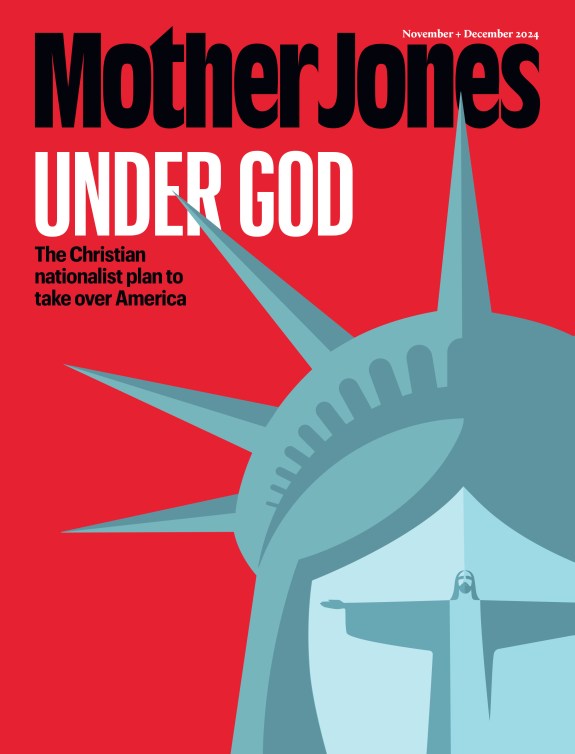The Russia of Hans-Jurgen Burkard’s photographs–the Russia of post-Soviet chaos and wild protocapitalist excess–is an encyclopedia of immense contradictions. Four years ago, this was still the austere superpower constructed to V.I. Lenin’s proletarian blueprint, where nothing but the dire necessities could be purchased and a loaf of bread required a two-hour wait in line. In 1994, everything is for sale: Every luxury the West has to offer, at smugglers’ prices that would dizzy a New Yorker or Parisian. Every natural resource that can be loaded onto a contraband truck and carted across a border. Every hedonistic fantasy that a desperate teen-ager, male or female, can satisfy for someone with the valuta–the foreign currency–to pay a sex racketeer.
Russia today is a whorehouse. An orphanage. A playground for organized crime. A dream for the ambitious, a society more open and fluid than America’s at its most laissez-faire. An unspeakable nightmare for the aged, the disabled, the poor. In Burkard’s extraordinarily intimate lens, all of these Russias are palpable, too immediate for comfort. You can’t distance yourself from his images, or the disconcerting realities they picture.
In the past year, the Russian death rate has ballooned by 20 percent, a figure matched only in the darkest months of World War II. The life expectancy of Russian men has dropped from 62 to 59, the largest single-year decline ever recorded in what is nominally a developed country. Yet there are people in Moscow–rapidly growing numbers in fact–who can pay $100 to attend a formal ball; $80 for a modest dinner in one of the new private restaurants; $400 for a “Russian” fur hat that cost $5 half a decade ago, before entrepreneurs began sending Siberian animal skins to German fashion houses for cutting and shaping.
Russia is also–Burkard captures this perfectly–a nation whose patience is inconceivable. On Moscow streets, in the frozen dead of winter and the motionless humid air of summer alike, stand the losers in the free-for-all that their country has become. They sell one thing at a time to stay alive: A loaf of bread. A rusty hammer. A family wedding gown. They seldom complain. “This is our history, turning again, as it always has,” an 86-year-old retired factory worker tells an American reporter, as he offers passers-by a handful of rubber gaskets in the esplanade outside the Kievskovo railroad station. “I saw the end of the czar, and two world wars . . . this is just life, you see.”
It can seem almost limitless, the Russian patience. But “almost” is the cautionary operative word. For there is an inescapable tension in these photographs as well–the sense of a moment necessarily passing. Russia in 1994 is a frontier between the past and the future, a nation that has known too many calamitous passages in the past and once again stands precariously close to the edge.
















